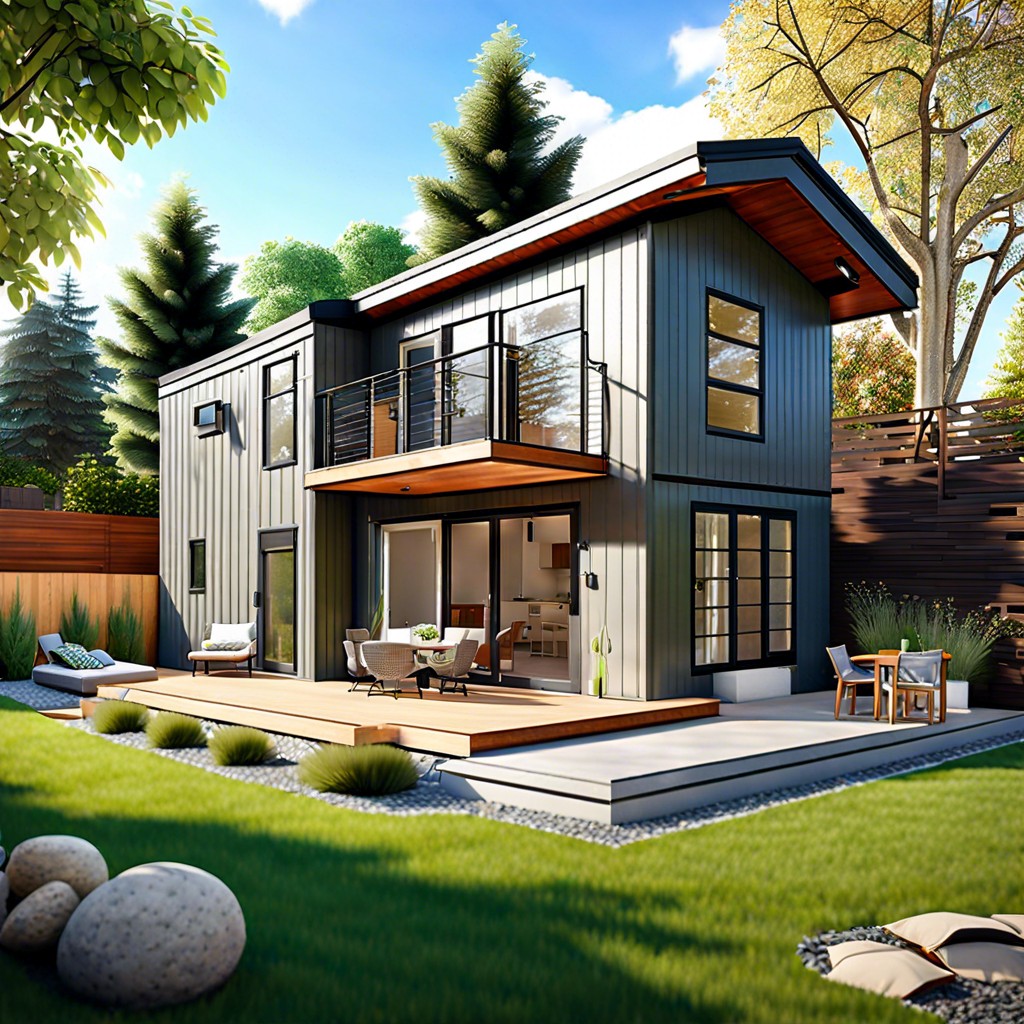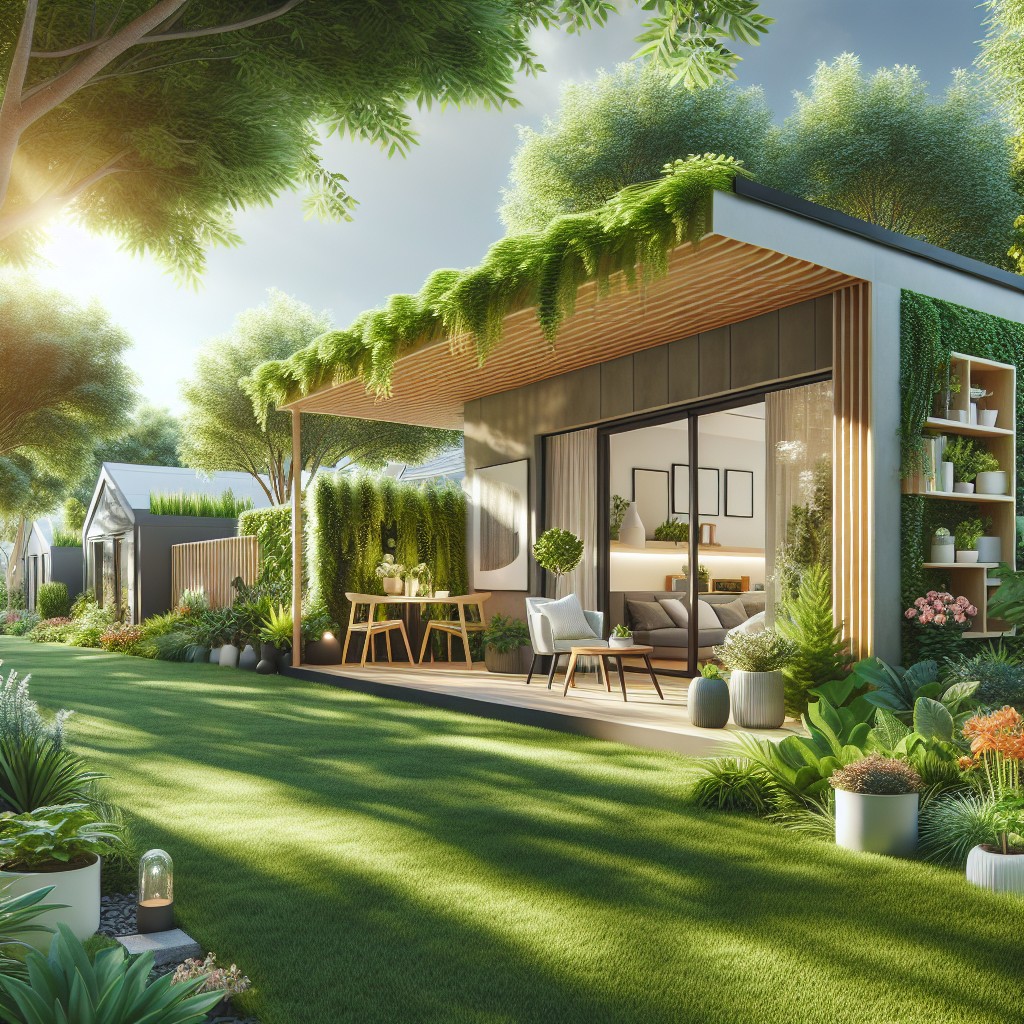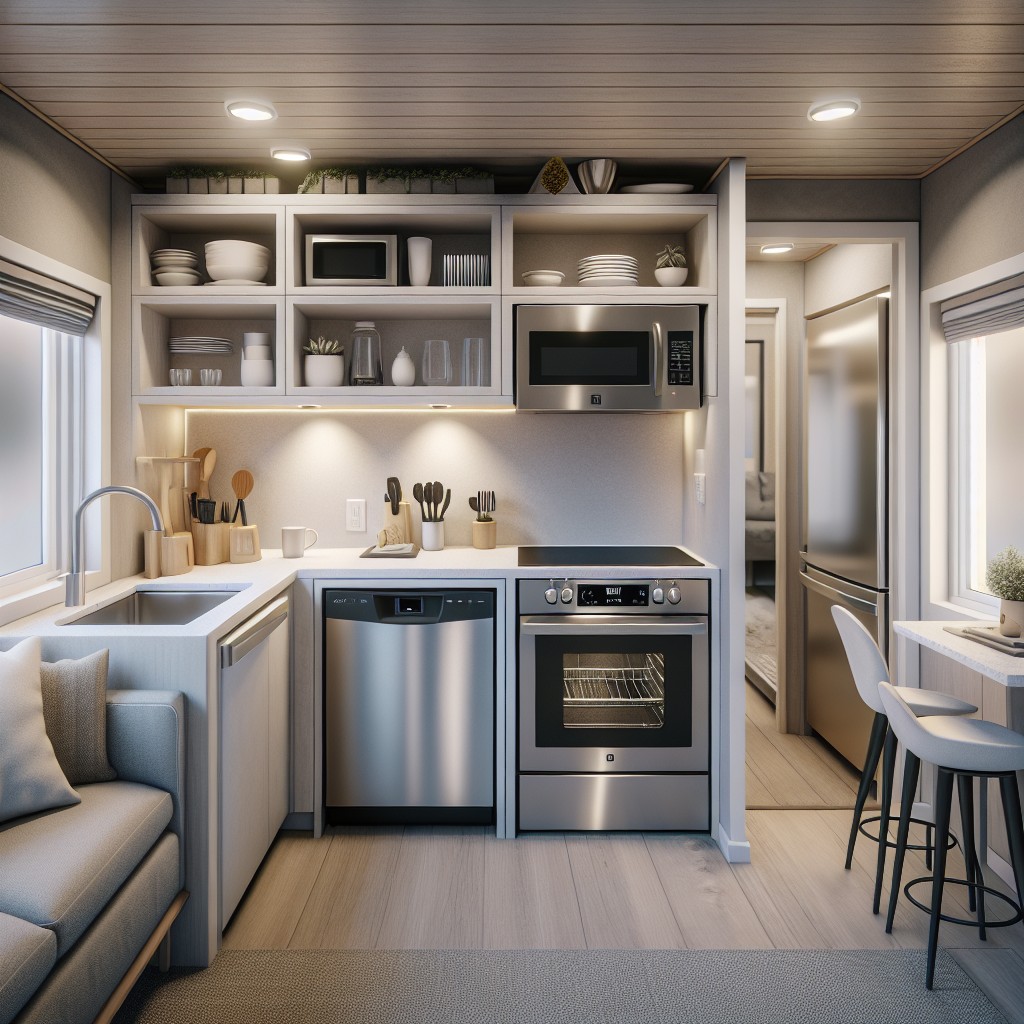Last updated on
This article evaluates how adding an accessory dwelling unit (ADU) can potentially escalate your property’s market value, highlighting key factors and typical outcomes for homeowners.
Key takeaways:
- Adding an ADU can increase property value.
- Factors include comparable sales, square footage, quality, flexibility, and market trends.
- Location, size, construction, design, and functionality impact ADU valuation.
- ADUs can generate steady rental income and provide financial benefits.
- Careful financing and budgeting are essential for ADU construction.
Understanding ADU Property Value Impact

An accessory dwelling unit (ADU) often translates to a notable uptick in your property’s market value. Here’s what this could mean in real terms:
- Comparable Sales: When evaluating how much an ADU adds to a property’s worth, appraisers look at comparable homes with and without ADUs that have sold recently in the area.
- Square Footage: More living space can equate to higher value, though an ADU’s contribution to property value isn’t strictly calculated on a per-square-foot basis; quality and functionality are crucial considerations too.
- Quality and Features: High-quality construction, modern amenities, and eco-friendly features can all enhance the perceived value of an ADU to potential buyers.
- Flexibility: ADUs add a flexible use aspect to your property, appealing to homebuyers with multigenerational families, those seeking rental income, or a need for a home office, thus potentially raising its value.
- Market Trends: In areas with housing shortages or high rental demand, the added value of an ADU could be even more significant as it offers a solution to local market needs.
Understanding these factors helps grasp how an ADU could influence your property’s market value. However, the actual increase in value is a complex interplay of these points and can vary widely by location and market dynamics.
Factors That Determine ADU Valuation
The valuation of an ADU is not one-size-fits-all; several key factors come into play. Location is paramount. Just as with main residences, an ADU in a sought-after neighborhood can significantly boost a property’s overall value, leveraged by nearby amenities, quality schools, and employment opportunities.
Size and accommodation capacity are also crucial. A larger ADU that can comfortably house a small family or multiple tenants generally commands a higher valuation due to its increased rental income prospects.
Quality of construction matters tremendously. ADUs built with higher-end finishes and modern amenities align more closely with current market expectations, making them more attractive to potential renters or buyers and thereby augmenting the property’s value.
Design plays a subtle yet substantial role. An ADU that complements the architecture of the main house and maintains aesthetic coherence throughout the property can be more appealing, impacting the valuation positively.
Lastly, functionality and efficiency are the hidden gems in property valuation. Smart layouts that maximize living space and eco-friendly features that reduce living costs make an ADU more sustainable and desirable, thus increasing its contribution to the overall property value.
Rental Income Potential From an ADU
Maximizing the profitability of an ADU largely hinges on its potential for generating rental income. Introducing a secondary dwelling to your property not only caters to the demand for more housing, but it can also present a steady stream of income. Typically, a standalone ADU or a garage conversion can command substantial rental rates, especially in high-demand urban areas. It’s crucial to consider local rental markets to set realistic expectations for income.
An ADU’s size, amenities, and finish level also influence the achievable rent. Modern, well-appointed units fetch higher prices. To optimize rental return, thoughtful design that maximizes space and appeals to potential renters is key. For homeowners considering an ADU as a future retirement space, renting it out in the interim can provide a financial cushion.
The financial benefits extend beyond the monthly cash flow. Consistent rental income can help homeowners with mortgage payments, property taxes, and maintenance costs. It’s important to be aware of local regulations and taxes associated with rental properties to fully gauge the income potential. This added value from rental income can significantly increase a property’s market value and investment appeal.
Financing and Costs Associated With Building an ADU
Navigating the financial landscape for constructing an ADU is a crucial step in realizing its potential to boost property value. Initial costs can be substantial, but with the right strategy, they can be managed effectively.
Exploring loan options is a primary concern. Home equity loans or lines of credit often provide competitive interest rates suitable for this purpose, and some banks offer specific ADU construction loan programs. Also noteworthy are government-backed loans, like those from the FHA, which might cater to renovation projects that include ADU construction.
Budgeting must account for design, permits, construction, and utility connections. A precise breakdown prevents unforeseen expenses. Depending on the region, permits can range from a few hundred to several thousand dollars. This variability emphasizes the importance of local research in project budgeting.
Costs are not without counterbalance. Opting for prefab or modular ADUs can keep expenses down while shortening construction times. These savings, alongside the potential rental income, can tilt the financial scales favorably over time. When considering an ADU project, a well-informed financial plan will pave the way for a successful addition that enhances property assets.
Future Resale and the ADU Factor: Long-Term Value Considerations
When examining the long-term impact of an ADU on property value, market trends should be taken into account. As housing needs evolve and multigenerational living becomes more commonplace, homes with ADUs may appeal to a broader range of buyers. Furthermore, the flexibility an ADU provides in terms of rental income or space for family can set your property apart in a competitive market.
It’s essential to consider the shifting demographics and housing demands in your area. In regions with housing shortages or high rental costs, an ADU can significantly boost appeal and price. Conversely, in markets where ADUs are common, not having one could potentially deter future buyers, affecting resale value.
Remember, the quality of construction and how well the ADU has been maintained over the years will play a crucial role in determining its added value at the time of resale. A well-designed, versatile ADU may be seen as a prime feature, creating a unique selling proposition.
Finally, environmental and zoning regulations may shift over time, potentially impacting the value that an ADU adds. A property with a legally permitted, existing ADU could become more valuable if regulations become stricter, hindering the creation of new ADUs. Hence, staying abreast with local laws and planned changes is advisable for homeowners considering the resale value of their property with an ADU.
Overall, when thinking long-term, an ADU can be more than just a space—it represents adaptability and additional potential that can resonate well with future buyers’ needs.
Related reading:
Table of Contents





